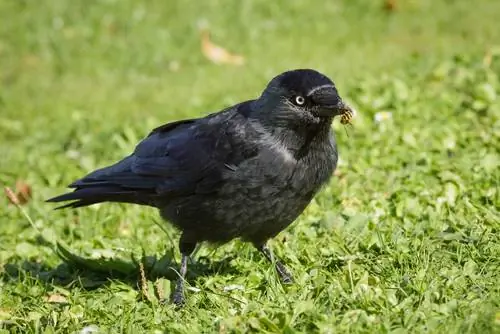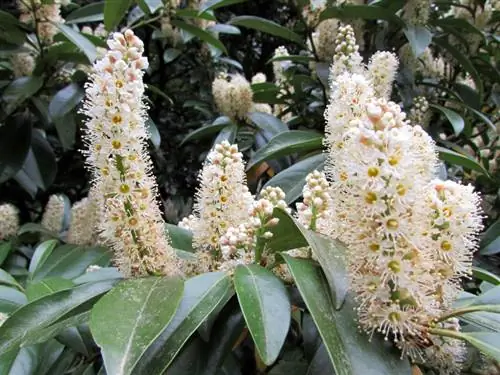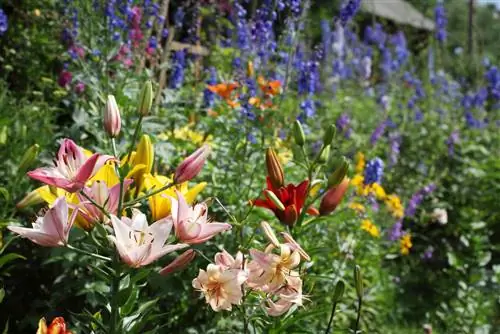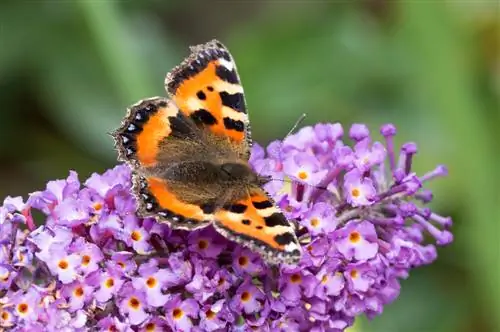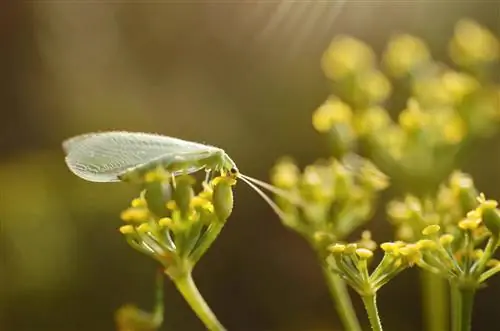- Author admin [email protected].
- Public 2023-12-16 16:46.
- Last modified 2025-01-23 11:22.
If you regularly have to deal with a high number of wasps in your garden in late summer, you would do well to attract natural predators in the long term. Animals that like to eat wasps are primarily birds. We'll tell you which ones.
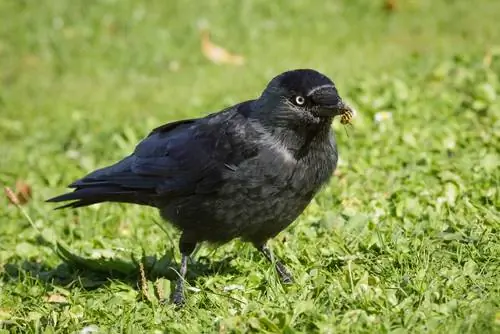
Which birds eat wasps?
Birds that eat wasps are primarily shrikes and soft-eaters such as red-backed shrikes, bee-eaters, honey buzzards, tits and woodpeckers. A bird-friendly design of the garden with dense hedges, drinking and bathing opportunities as well as open compost heaps promotes their settlement.
Shrikes and soft eaters as wasp killers
Relying on natural processes when fighting wasps is praiseworthy and definitely recommended. On the one hand, you contribute to general biodiversity and, on the other hand, you can also enjoy a more stable ecological balance, more abundance of flowers and rare animal visitors in your own garden in the long term.
Wasps, in their own way, also have a beneficial function as flower pollinators and pest killers. However, in large numbers they can really disrupt the peace of the garden.
Attracting natural predators can be helpful, especially in the long term. Firstly, this may require a plant-based redesign of the garden and secondly, plants and animals often need some time to adapt to new living conditions and offerings. So patience is required.
Natural predators of wasps are primarily birds from the shrike and soft-eater groups. These include:
- Red-backed Shrike
- Bee-eaters
- Honey Buzzard
- Tits
- Woodpeckers
Red-backed shrike, bee-eater and honey buzzard are extremely effective wasp killers - because, as their name partly suggests, they have specialized in stinging insects. Of all the bird species that destroy wasps, they are also the ones that eat adult wasps. The others, i.e. titmice and woodpeckers, are after the larvae. To get to them, they break open wasp nests and get the brood from the breeding chambers.
Tits and woodpeckers can't really help to acutely decimate an existing wasp infestation, but rather to help prevent it. Red-backed shrikes, bee-eaters and honey buzzards do, but they are rather rare visitors to the garden.
In order to let woodpeckers, red-backed shrikes, bee-eaters, honey buzzards and tits work specifically against wasps, you should make the garden inviting for them. The best way to do this is to offer species-specific breeding opportunities. Red-backed shrikes and titmice in particular are doing a favor in this regard with dense hedges that are as thorny as possible. The birds also welcome drinking and bathing opportunities in the form of a garden pond or a watering trough. Cuttings from trees and bushes can be valuable building material for nesting sites in open compost heaps.

